|
Brewery Locations:
Production Brewery and Pub 5410 W San Fernando Rd, Los Angeles, CA 90039 Development Brewery and Pub 2210 E Orangewood Ave, Anaheim, CA 92806 |
Golden Road Brewing is the category and growth leader of the Anheuser-Busch InBev’s Craft Beer portfolio, known as the Brewer’s Collection. It is sold in many restaurant and bar establishments and is available in almost every grocery store. The company is known for their flagship beers Mango Cart Wheat Ale, Wolf Pup Session IPA and a dozen other selections. A couple months ago, Hawaii Beverage Guide had an opportunity to explore Los Angeles and California’s Golden Road Brewing at their Atwater Village brewery to learn more about the company from brand educator Graham Ruchti.
-
Founding Story
-
Approach to Brewing
<
>
Co-founded by Meg Gill and Tony Yanow in 2011, and inspired by all things California, Golden Roads Brewing is Los Angeles’s largest brewery. In less than eight years, the small 15-barrel brewhouse has expanded to five large breweries/pubs in California, and distributes to all fifty states.
Meg’s brewery journey began after college where she spent some time working for Oskar Blues Brewery in small town, Lyons, Colorado. From there, Meg brought her experience to the Bay Area working for the Brewers’ Association. One day, she got a call from Tony Yanow, a Los Angeles restaurateur. Tony, at the time, was living in Los Angeles and had turned an establishment called “Tony’s Darts Away” into a place with 30 micro-brews on tap. He then opened Mohawk Bend in Echo Park, which focused on California food and beverage. However, in 2010, he saw an opportunity. While there were thriving beer communities down south in San Diego and up north in the Bay, there were only four craft breweries in LA. Los Angeles, being a huge metropolitan area with plenty of beer drinkers, was missing local craft beer community and culture.
Tony called the Brewers’ Association and paired up with Meg to get some industry knowledge. At the time, Meg was planning to invest in another brewery in the Bay Area; however, Tony asked a very poignant question: "Why do you want to buy into someone else's dream?" That was an “Ah ha” moment for Meg. Tony offered to fly Meg down to LA for a long weekend to explore a unique industrial space he had found to open up a brewery. He also wanted to establish a rapport with Meg and to see if she would be interested in joining his venture. Meg took Tony up on the offer, and by the end of the weekend, she quit her job and moved to LA. At the time, this made Gill the the youngest female brewery owner in the country.
Golden Road opened in November of 2011 and in 2012 began packaging and releasing their products. That first year, the company made approximately 5,000 barrels of beer. In 2013 they produced about 15,000 barrels, and doubled to 30,000 barrels in the following year.
In 2015, Golden Road Brewing was acquired by Anheuser-Busch (AB). The partnership was a result of Tony and Meg seeing an opportunity to gain a distribution network, contract to more raw materials, get their foot in the door in more places, and be a part of everyone’s community. The decision stemmed from the realization that despite the massive craft brewing expansion, most craft breweries stay local as shelf space and tap handles don’t get any bigger. Ruchti, praises the partnership: “We still drive our innovation; we still push ourselves to do better and we make really, really great beer. That's what we do.” At the 2018 Great American Beer Festival, Golden Roads Brewing won a gold medal for the “Get Up Offa That Brown Ale” category. They also won a gold medal at the World Beer Cup for their Mango Cart Wheat Ale.
Meg’s brewery journey began after college where she spent some time working for Oskar Blues Brewery in small town, Lyons, Colorado. From there, Meg brought her experience to the Bay Area working for the Brewers’ Association. One day, she got a call from Tony Yanow, a Los Angeles restaurateur. Tony, at the time, was living in Los Angeles and had turned an establishment called “Tony’s Darts Away” into a place with 30 micro-brews on tap. He then opened Mohawk Bend in Echo Park, which focused on California food and beverage. However, in 2010, he saw an opportunity. While there were thriving beer communities down south in San Diego and up north in the Bay, there were only four craft breweries in LA. Los Angeles, being a huge metropolitan area with plenty of beer drinkers, was missing local craft beer community and culture.
Tony called the Brewers’ Association and paired up with Meg to get some industry knowledge. At the time, Meg was planning to invest in another brewery in the Bay Area; however, Tony asked a very poignant question: "Why do you want to buy into someone else's dream?" That was an “Ah ha” moment for Meg. Tony offered to fly Meg down to LA for a long weekend to explore a unique industrial space he had found to open up a brewery. He also wanted to establish a rapport with Meg and to see if she would be interested in joining his venture. Meg took Tony up on the offer, and by the end of the weekend, she quit her job and moved to LA. At the time, this made Gill the the youngest female brewery owner in the country.
Golden Road opened in November of 2011 and in 2012 began packaging and releasing their products. That first year, the company made approximately 5,000 barrels of beer. In 2013 they produced about 15,000 barrels, and doubled to 30,000 barrels in the following year.
In 2015, Golden Road Brewing was acquired by Anheuser-Busch (AB). The partnership was a result of Tony and Meg seeing an opportunity to gain a distribution network, contract to more raw materials, get their foot in the door in more places, and be a part of everyone’s community. The decision stemmed from the realization that despite the massive craft brewing expansion, most craft breweries stay local as shelf space and tap handles don’t get any bigger. Ruchti, praises the partnership: “We still drive our innovation; we still push ourselves to do better and we make really, really great beer. That's what we do.” At the 2018 Great American Beer Festival, Golden Roads Brewing won a gold medal for the “Get Up Offa That Brown Ale” category. They also won a gold medal at the World Beer Cup for their Mango Cart Wheat Ale.
Approach to Product
Partnering with Anheuser-Busch can have its perks when it comes to market research and development; however, Golden Road stays true to who they are: a Californian-inspired brewery. Beyond the market research, the creative process starts with Victor Novak, their master brewer, tinkering with an idea at the innovation brewhouse in Anaheim. Sometimes, he will twist up a recipe for years just to master a successful product! If a new beer becomes popular with customers in Anaheim, the company transitions it to the L.A. brewhouse for production. If the beer really takes off, then the company will can it and release it into the market. This scale requires Victor to routinely travel to AB’s Saint Louis headquarters to work on innovation projects and fine-tune aspects of cross-brewing. Graham added, “While AB does say what they see in the market, we are the endpoint of that innovation and the drive. They listen to us. When we're like, “Hey, we think that this is going to work,” they help us scale it up.”
Los Angeles’ Mexican community has also provided inspiration for the brand. The Spiked Agua Fresca series, which utilizes real fruit juice and extracts and has a lower carbonation than a seltzer, was influenced by the Mexican Community. Furthermore, the flagship Fruit Cart series was inspired by the iconic fruit carts of Los Angeles. This inspiration even went as far as to partnering with Tajin as a fruit cart salespeople will almost always ask if the customer wants Tajin or chili-lime-salt with their fruit.
Partnering with Anheuser-Busch can have its perks when it comes to market research and development; however, Golden Road stays true to who they are: a Californian-inspired brewery. Beyond the market research, the creative process starts with Victor Novak, their master brewer, tinkering with an idea at the innovation brewhouse in Anaheim. Sometimes, he will twist up a recipe for years just to master a successful product! If a new beer becomes popular with customers in Anaheim, the company transitions it to the L.A. brewhouse for production. If the beer really takes off, then the company will can it and release it into the market. This scale requires Victor to routinely travel to AB’s Saint Louis headquarters to work on innovation projects and fine-tune aspects of cross-brewing. Graham added, “While AB does say what they see in the market, we are the endpoint of that innovation and the drive. They listen to us. When we're like, “Hey, we think that this is going to work,” they help us scale it up.”
Los Angeles’ Mexican community has also provided inspiration for the brand. The Spiked Agua Fresca series, which utilizes real fruit juice and extracts and has a lower carbonation than a seltzer, was influenced by the Mexican Community. Furthermore, the flagship Fruit Cart series was inspired by the iconic fruit carts of Los Angeles. This inspiration even went as far as to partnering with Tajin as a fruit cart salespeople will almost always ask if the customer wants Tajin or chili-lime-salt with their fruit.
-
Malts
-
Hops
-
Yeast
-
Water
-
Fruit
<
>
Barley's is used in brewing because it has a lot of extractable sugars and its husk eventually creates a natural filtering bed in the lottering stage. Overall, Golden Road’s base malts don't impart much flavor. Instead, flavoring comes from specialty malts. Golden Road’s approach, according to Graham, is as follows: “If we're making something in a certain style, we want to source grains from where that style truly originated from. That could be anything from cara malts, crystal malts, or all the way up into the really roasted malts like carafa and chocolate malts. If a malt is more lightly kilned, it'll have more of those crackers and fresh bread kind of flavors. If it's darkly or heavily roasted and kilned, it'll have more of those coffee, chocolate kind of notes. We use just a bit of those [specialty malts] in the actual mash bill, but the most extractable sugars [come] from the base two-row barley.”
Bravo Hops are the primary bittering hop added into the boil stage of the brewing. According to Graham, “Bravo has really high alpha acids. Alpha acids are what give beer [its] bitterness. We just found out that it really lends itself to what we do. That's the reason why you see Bravo on the hops list on all of our sales sheets.” For flavor and aroma, specialty hops are added into the whirlpool or by dry hopping. This is contrasted with the flavor and aroma hops, which are added into the whirlpool or by dry hopping.
Yeast is approached from an authentic perspective and sourced from the Southern California based White Labs. Graham gave the following explanation, “Our Hefeweizen, one of our first brewed beers, is a classic Bavarian Hefeweizen. It has that strong banana and clove taste and aroma versus an American wheat beer which doesn't have those [taste and aroma]. That particular flavor comes from the German yeast strain. We just released our K38, which is a Mexican-inspired lager. We have a Clara and an Oscura-- light and dark Mexican lagers. We'll use an authentic Mexican yeast strain there.”
Reverse Osmosis Water is used.
Fruits in the Fruit Cart Series and Agua Fresca
The Fruit Cart series and and Agua Fresca incorporates fresh puree from the Oregon Fruit Company. Graham noted that for the Fruit Cart Series, there is almost a pound of mango puree per gallon of beer, which means that a 15.5 gallon keg (half barrel) has 15 pounds of mango and that a 300-barrel fermenter takes several pallets of mango puree.
According to Graham, “It's [Oregon Fruit Company] a family-owned and operated business out of Oregon. What we like about them is that they grow all of their own fruits. It's not a bunch of random farms that are selling to one facility. They actually go out into the fields and find all of the fruits that they turn into purees. We have a great relationship with them. If there is any type of quality concern, (maybe one batch has some bacteria in it; the flavors are not good; or we can see the swelling of a certain bag [which means potential bacterial growth]) we can easily contact them and they'll send us a replacement instantly. We're a pretty big volume driver for them since the Fruit Cart series is one of our biggest sellers, so they like to keep us happy.”
In addition to using fruit purees, Golden Road also makes their own fruit juices and extracts through natural distillation. “The reason why we use both is because the mango puree gives the beer a lot of flavor. But, to really get that aromatic pop, we like to use a little bit of extract.” Said Graham.
Pineapple Cart contains pineapple, strawberry, and blood orange purees. Even though it’s not common to find strawberries and blood oranges on L.A. fruit carts, Golden Road found that those two flavors helps round out the pineapple.
Melon Cart is created a little differently. Because melon fruits naturally contain a lot of water, melon purees don't translate very well in creating beer. In lieu of purees, they use watermelon juice in addition to honeydew and cantaloupe extracts.
The Fruit Cart series and and Agua Fresca incorporates fresh puree from the Oregon Fruit Company. Graham noted that for the Fruit Cart Series, there is almost a pound of mango puree per gallon of beer, which means that a 15.5 gallon keg (half barrel) has 15 pounds of mango and that a 300-barrel fermenter takes several pallets of mango puree.
According to Graham, “It's [Oregon Fruit Company] a family-owned and operated business out of Oregon. What we like about them is that they grow all of their own fruits. It's not a bunch of random farms that are selling to one facility. They actually go out into the fields and find all of the fruits that they turn into purees. We have a great relationship with them. If there is any type of quality concern, (maybe one batch has some bacteria in it; the flavors are not good; or we can see the swelling of a certain bag [which means potential bacterial growth]) we can easily contact them and they'll send us a replacement instantly. We're a pretty big volume driver for them since the Fruit Cart series is one of our biggest sellers, so they like to keep us happy.”
In addition to using fruit purees, Golden Road also makes their own fruit juices and extracts through natural distillation. “The reason why we use both is because the mango puree gives the beer a lot of flavor. But, to really get that aromatic pop, we like to use a little bit of extract.” Said Graham.
Pineapple Cart contains pineapple, strawberry, and blood orange purees. Even though it’s not common to find strawberries and blood oranges on L.A. fruit carts, Golden Road found that those two flavors helps round out the pineapple.
Melon Cart is created a little differently. Because melon fruits naturally contain a lot of water, melon purees don't translate very well in creating beer. In lieu of purees, they use watermelon juice in addition to honeydew and cantaloupe extracts.
-
Production Capacity
-
Pasteurization
-
Canning
-
Quality Control
<
>
Golden Road has two mid-scale facilities: a developmental one in Anaheim, CA and a production one in Los Angeles. Each has the capacity to brew a little over 100,000 barrels of beer. The company is shooting to produce 250,000 barrels by the end of 2019. Both facilities are needed to keep up with the demand for Mango Cart and Wolf Pup IPA, which are their two biggest drivers. Golden Road also cross-brews with other Anheuser-Busch facilities and craft partners in order to keep up with product demand.
Though it’s not necessary to pasteurize beer, it does affect the final flavor. Golden Road’s facilities do not pasteurize their product, but AB’s facilities do. This resulted in a few problems, such as the hop aromas not coming out as intended in the Wolf Pup IPA being that the temperature must be raised for pasteurization. Fortunately, Golden Road must approve samples of the beer produced at AB facilities before they are released for sale. Graham commented that “Victor and the brewers worked with [Golden Road] to dial in that process, so we could still pasteurize [without] sacrificing any quality standards since Wolf Pup is a flagship brand, and we want it bursting with tropical flavors. That was really important to us. We're not going to send out a product that's below our quality standards.”
Golden Road also maintains a quality assurance lab in LA where,if they discover a beer is on the lower end of the “good range,” the brewers will assess if they have to change the process or stay content with the beer’s flavor at a lower number and change the can label. Graham commented, “It's an ongoing process, and we're constantly pushing ourselves to make sure that our quality is always the best in class.”
Golden Road also maintains a quality assurance lab in LA where,if they discover a beer is on the lower end of the “good range,” the brewers will assess if they have to change the process or stay content with the beer’s flavor at a lower number and change the can label. Graham commented, “It's an ongoing process, and we're constantly pushing ourselves to make sure that our quality is always the best in class.”
Aside from being more environmentally-friendly than glass, aluminum is also better for the beer because it eliminates light strike. Compounded with less expensive shipping costs by weight, it’s a no brainer to switch to a can-only production. This process came as a derivative from Meg’s time at Oskar Blues, the company that changed craft beer convention by being the first craft brewery to can all of their products.
With cold storage being expensive, a lot of retailers sell beer products only on a shelf. However, because Golden Road cans all their beer, no light strike is possible; that contributes to an extended shelf life. Even on a warm shelf, their beer can last up to 120 days on the lower side, and up to 180 days on the higher side (for IPAs and products that have a little bit more lasting character to them). That's another reason why Golden Road uses the best-buy-date instead of the born-on- date because it provides consumers with the transparency of, "Hey, this is when you should be drinking our beer by."
Part of Golden Road’s internal sales force is to go out to the retailer, buy a pack, check the dates, sample it, and make sure the quality is up to their standards. If they find anything off, then they can have conversations with the distributor, retailer, or anywhere along the supply chain. Graham mentioned, "We want our customers and your customers to have the best quality product possible. You need to make these little tweaks, rotate them correctly, and etc. in order to preserve quality and consistency."
Part of Golden Road’s internal sales force is to go out to the retailer, buy a pack, check the dates, sample it, and make sure the quality is up to their standards. If they find anything off, then they can have conversations with the distributor, retailer, or anywhere along the supply chain. Graham mentioned, "We want our customers and your customers to have the best quality product possible. You need to make these little tweaks, rotate them correctly, and etc. in order to preserve quality and consistency."

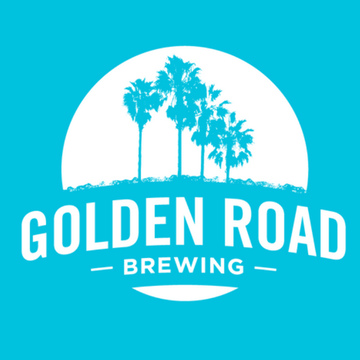
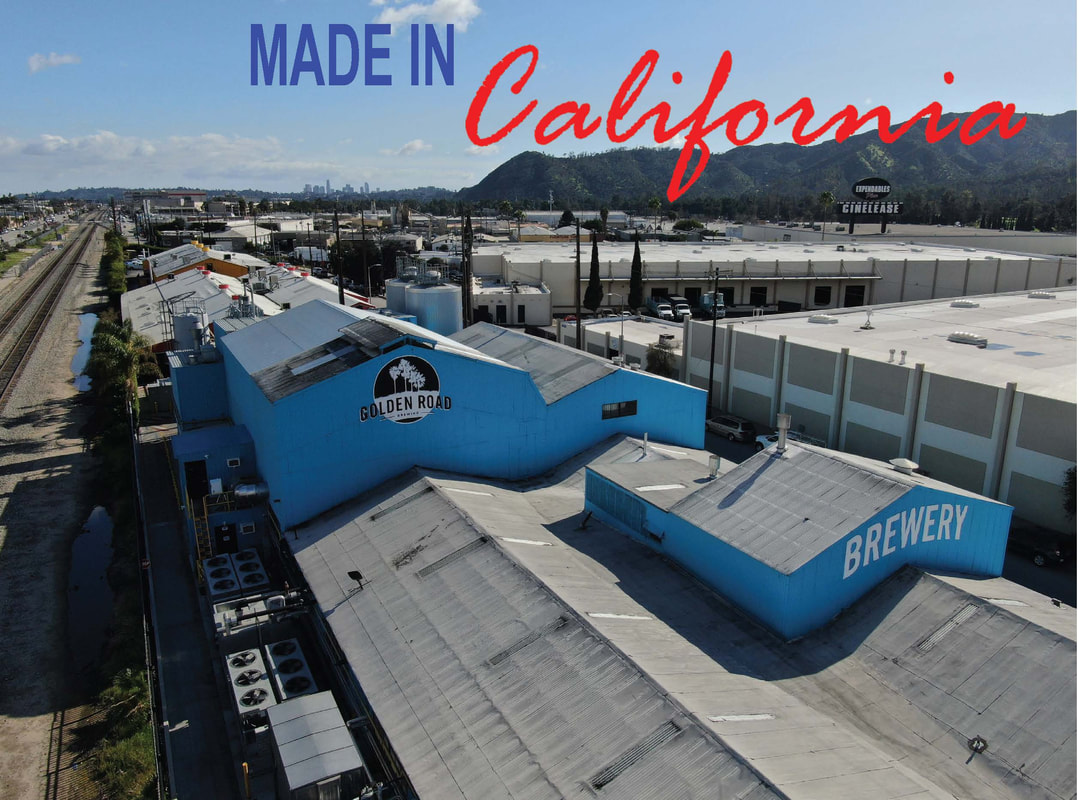
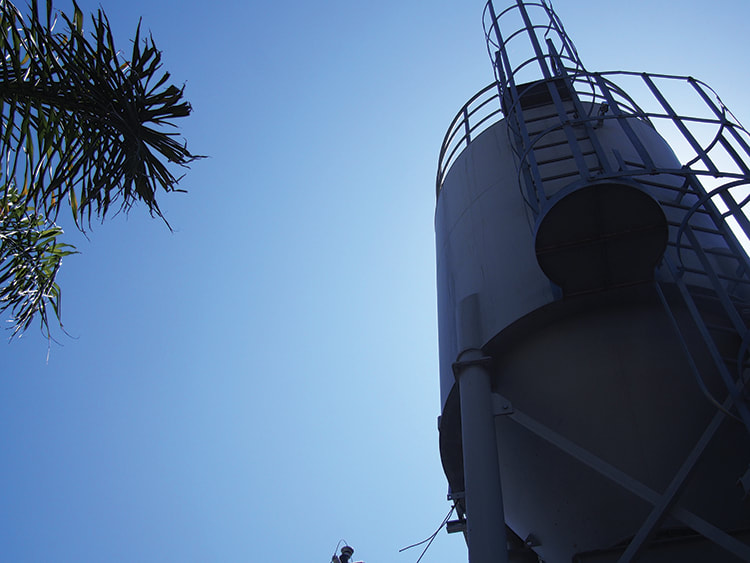
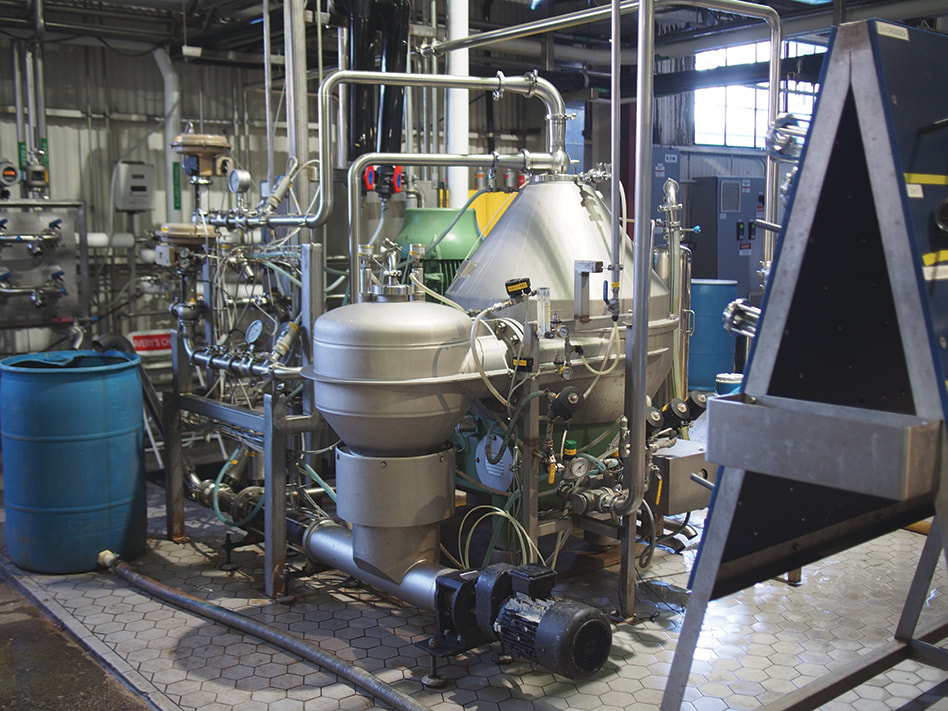
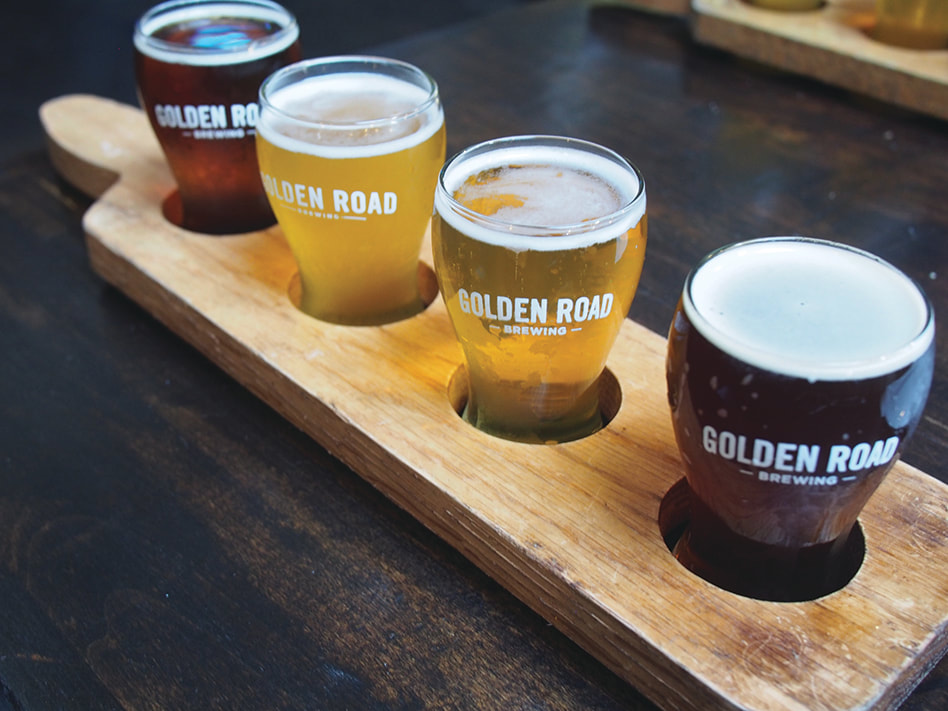
 RSS Feed
RSS Feed